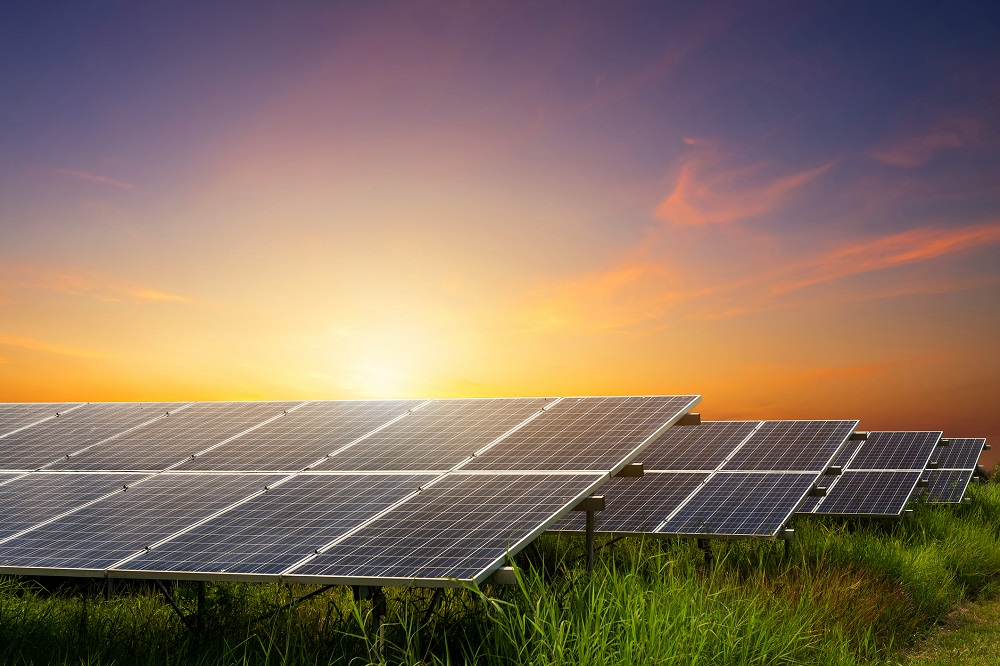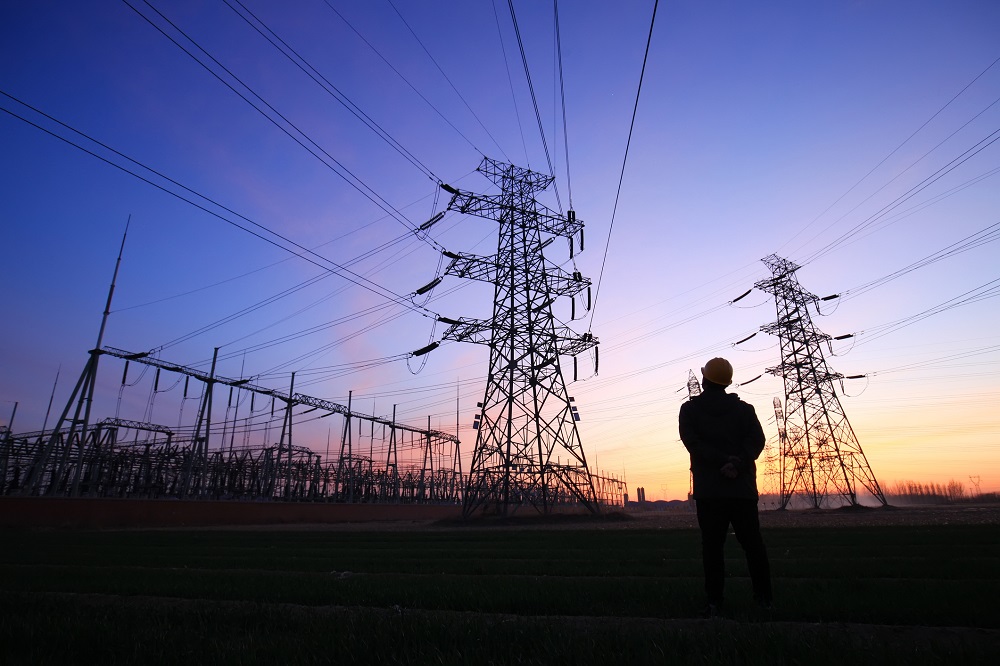Solar energy is a plentiful and abundant resource that has enormous potential for the future. Solar makes up a relatively small portion of the overall energy production in the United States, but that’s rapidly changing. Using solar energy allows individuals and business owners to save money on electricity while also reducing their carbon footprint. What’s more, solar power is a clean, renewable resource as well as the most readily available energy source.
With those being the benefits, why isn’t it more widely used? The answer is at least partially due to the inconsistency of solar power and the lack of storage. Let’s look at the basics of solar energy, along with the pros and cons.
Solar Energy is Efficient & Eco-Friendly
Solar energy is created by the sun at an impressive rate. Research from the U.S. Department of Energy estimates that enough sunlight hits the surface of the earth every 90 minutes to power the entire world’s energy needs for a year. Among renewable resources, solar energy is probably the most efficient.
Solar energy is much more environmentally friendly than traditional methods for generating electricity. If you’re a landowner, allowing your property to house a solar project may be an environmentally friendly and practical way to gain a new revenue stream.
Here’s How It Works
A developer acquires a site lease on a property, builds a solar project, and establishes a long-term contract to sell the power back to the local utility. During the operating term of the project, which is typically anywhere from 25 to 40 years, the landowner is paid a fixed rent. It usually takes between 18 to 24 months from the time the site lease is signed to the time the solar system is operational.
This situation is beneficial to the landowner because it provides a long-term fixed income and costs the landowner nothing. What’s more, during the lease period, you as a landowner can use your property however you wish, even continuing to farm under certain conditions.
Would Solar Be A Good Fit for Your Property?
A site typically needs to be flat, clear, and dry to become a solar farm. That’s not all there is to it, though. Solar farms can range from as small as five acres up to more than 1,000 acres. It takes four to eight acres of suitable land to generate one megawatt of power, and while some community solar projects only require one megawatt, most developers are working to create solar projects of ten megawatts or greater, so they often combine several neighboring pieces of land to create a large enough site.
Your property does not have to be completely flat to generate solar power. In fact, if it has a slight slope to the south or the east, that may be beneficial because it increases the sun exposure. Regulations vary from state to state but, in general, a solar farm cannot be constructed within a 100 or 500 year floodplain and cannot contain any wetlands. It must also be conveniently located to the utility’s infrastructure, adjacent to three-phase distribution lines and, ideally, close to a substation. The closer the solar farm is to a substation, the less energy is lost as it travels to that substation.
It can be complicated to get into solar development, but it helps to partner with a company with expertise in the field. Scout Land Consultants helps inform landowners of the potential for their property and connects them with developers that can maximize its value. Acting as mediator between developers and landowners, we work to integrate solar development, benefiting not only those directly involved but also the environment and communities served.
If you’re interested in being a part of this exciting new push toward sustainable energy, contact us for a complimentary site evaluation!


